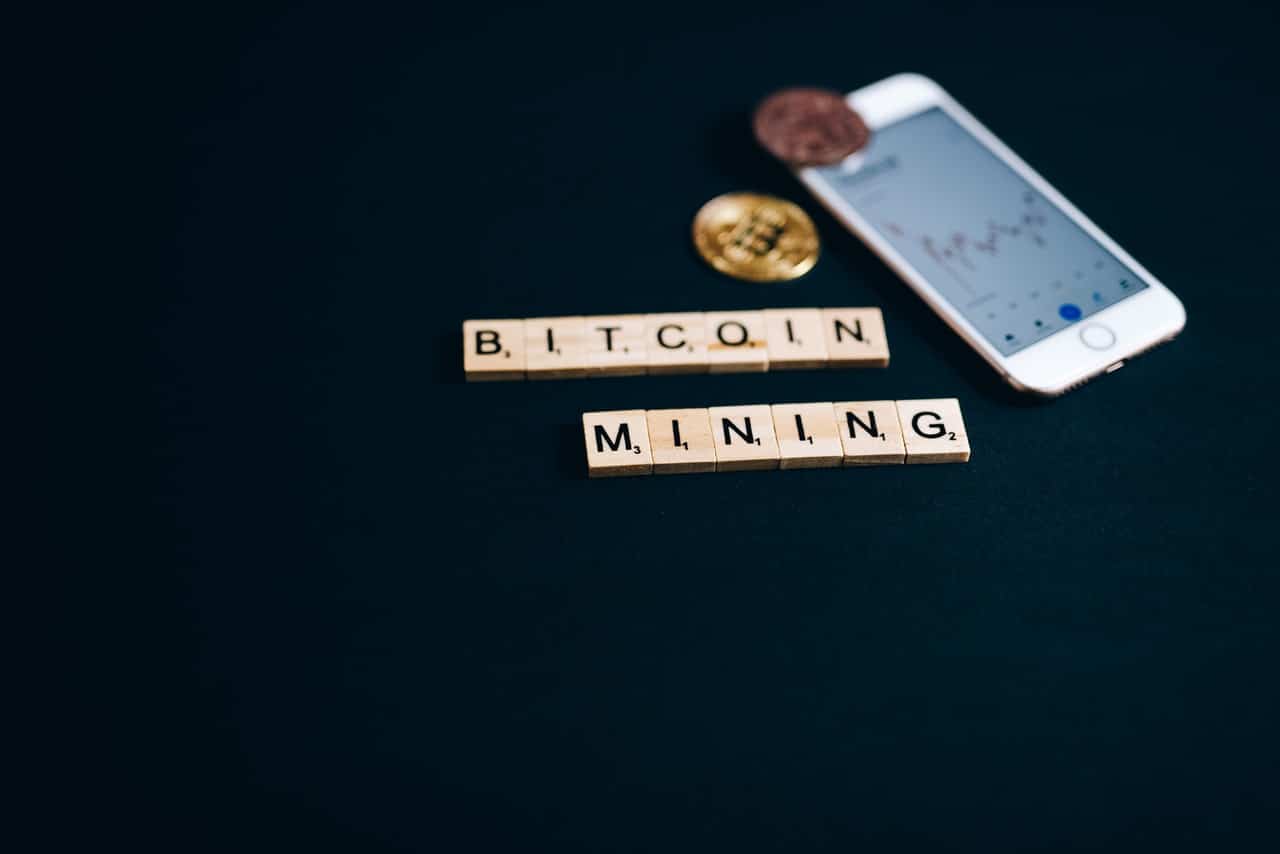Do you know how you can own various types of digital currencies? It is quite easy. You can either get your hands on your desired cryptocurrencies through crypto brokerage services or trade them on a crypto exchange using another virtual currency. You can, for instance, use bitcoin to get some ethereum.
Cryptocurrency miners have crucial importance in virtual currency. These individuals do not get paid directly for their crypto efforts. Instead, they have to earn some using their intelligence to solve complex mathematical algorithms and verify cryptocurrency block transactions. Some experts call these tech savvies doing the same as those prospectors of the Old West who used to pan for gold in the 18th century.
Cryptocurrency miners need to dig the complex computers, crack codes and solve complicated puzzles as a part of their mining job. The entire process also makes the supply limited and sets the value for a specific cryptocurrency. While it requires lots of guesswork, the miners can drop and go on the next block once they solve one crypto block of the blockchain. A crypto miner earns a reward of a certain amount of cryptocurrency after solving the complex puzzle. At times, there is also voting power taking place on the mining platform. For instance, bitcoin exceeded $13,000 in October last year. However, there are no parting gifts, and miners need to pay attention to the next round of solving puzzles.
Although mining may sound sweet, it tends to be an expensive process due to costly hardware and hordes of electricity consumption. Unlike other games where the prize may go up, the reward for cryptocurrency mining goes down by halves every four years.
What are Forks in Cryptocurrency?
Cryptocurrency, including bitcoin, can go forks at times. It is usually when a cryptosystem needs an upgrade or experiences occasional steering that refers to a large group of miners who want to make new rules for the network. At times, these forks take place accidentally. For example, when nodes do not identify unknown or conflicting information or begin making replicas. It results in the creation of different forks, such as soft and hard forks. Each fork prong has a special open-source modification, though all the points work together to help the primary function.
Hard Forks
A hard fork is when the old protocol version loses its validity due to the upgraded changes. This sort of fork is likely to be problematic, especially if the older protocol, which is now invalid, is still running. The combination of old and new protocols running together can confuse heads and create mysteries. It not only causes massive confusion but also results in the loss of funds.
A hard-fork BTC, for instance, can be problematic when the blockchain goes through several modifications, including protocol updates. It makes the new protocol a primary one with the changes after the old one has turned into a useless object that does not understand any activity in the system. The old protocol does not recognize the changes and can cause a traffic jam or even worse. As a result, you get two blockchains, both new and old ones. It comes with increasing problems as these chains grow. Miners need to get all the nodes to the old protocol to move it to the new one in a flash simultaneously.
Soft Forks
New changes in the system do not affect soft forks, and they keep working smoothly. The old version does not cause any malfunctioning to the newer one. The upgraded version has the updated blocks that become longer and makes it evident that the older blocks have no use. With this recognition, miners can overcome confusion over the valid protocol. Implementing a soft fork requires a majority vote for its acceptance into the established fold. Otherwise, the new soft fork stops working, and the rest of the blockchain system keeps going on it without any interruption.

